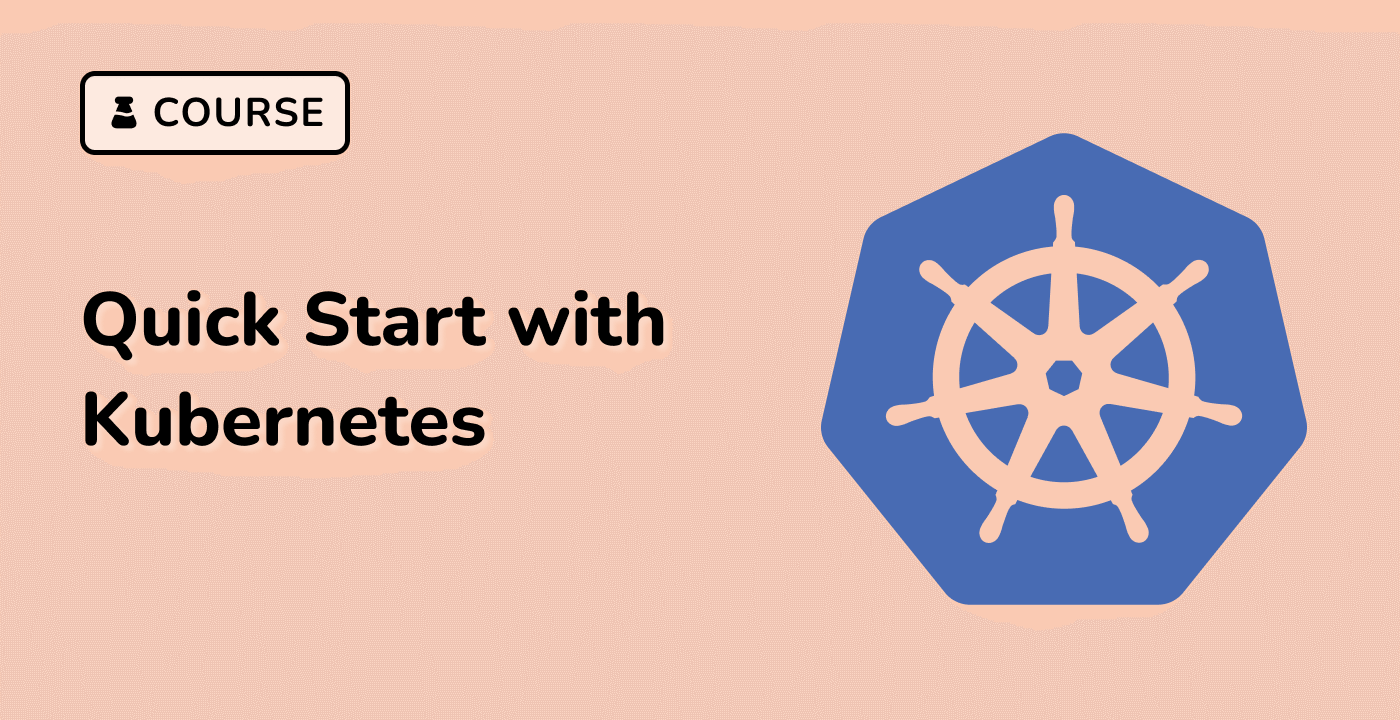Kubernetes Context Basics
What is a Kubernetes Context?
A Kubernetes context is a combination of cluster, user credentials, and namespace that defines how kubectl communicates with a specific Kubernetes cluster. It provides a way to manage multiple cluster configurations efficiently, allowing developers and administrators to switch between different clusters and configurations seamlessly.
Key Components of Kubernetes Context
graph TD
A[Kubernetes Context] --> B[Cluster]
A --> C[User Credentials]
A --> D[Namespace]
| Component |
Description |
Example |
| Cluster |
Unique identifier for a Kubernetes cluster |
my-production-cluster |
| User |
Authentication credentials for accessing the cluster |
[email protected] |
| Namespace |
Logical isolation within a cluster |
default, development |
Viewing Current Context
To view the current Kubernetes context, use the following command:
kubectl config current-context
Listing Available Contexts
To list all available contexts in your kubectl configuration:
kubectl config get-contexts
Example output:
CURRENT NAME CLUSTER AUTHINFO NAMESPACE
* minikube minikube minikube default
production-cluster production-cluster admin-user production
Context Configuration File
Kubernetes contexts are stored in the kubeconfig file, typically located at ~/.kube/config. This file contains cluster connection details, authentication information, and context definitions.
Practical Example: Switching Contexts
To switch between different Kubernetes contexts:
## Switch to a specific context
kubectl config use-context minikube
## Switch to another context
kubectl config use-context production-cluster
By understanding Kubernetes context basics, developers can efficiently manage multiple cluster configurations and streamline their Kubernetes workflow.



